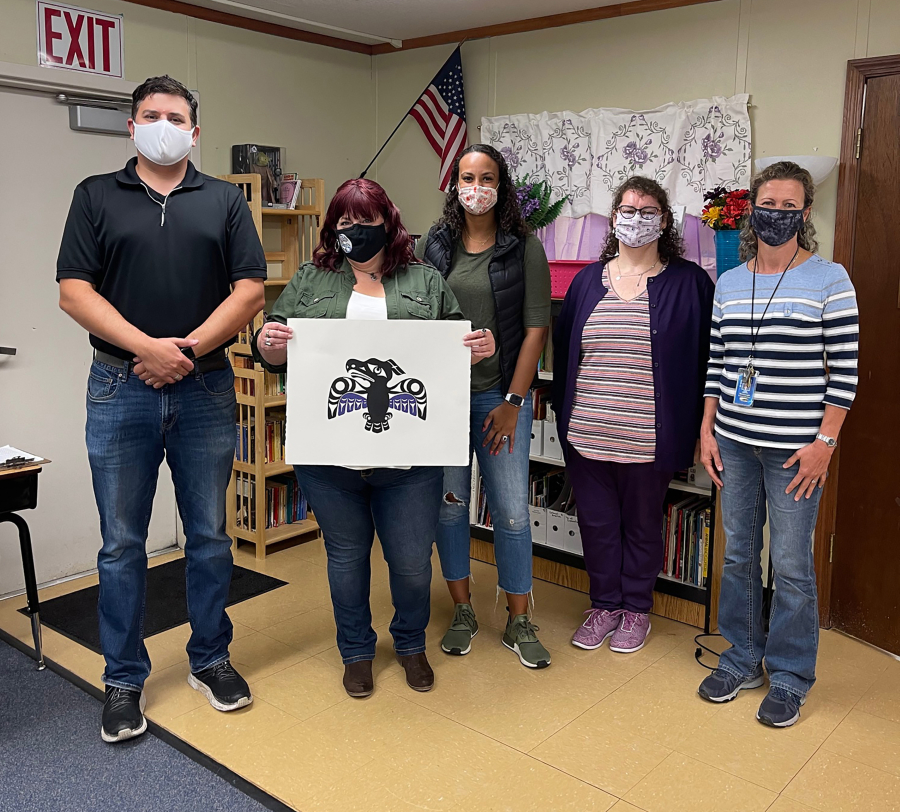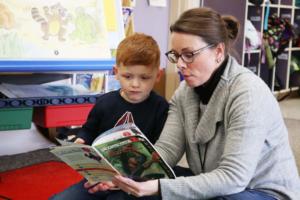When the Washougal Learning Academy (WLA) leaders decided to select a school mascot and logo last summer, they wanted the chosen symbol to represent more than the WLA itself. They wanted it to be, in their words, “something special.”
They accomplished their goal by collaborating with a local Native American tribe, forming what they hope to be a long-lasting and positive relationship along the way.
Cowlitz Indian Tribe member Sarah Folden, an Olympia, Washington-based artist, created the WLA “eagle,” which was introduced on the school’s website earlier this year.
“We love it,” Foster, the WLA’s principal, said. “Everybody we’ve shown it to loves it. We’re so excited to be able to show it off.”
Once Foster decided that the second-year online school needed a logo, he reached out to his students and their parents to receive feedback and suggestions. He gave them only one guideline: “In our district we have a lot of Pacific Northwest animals, so let’s kind of keep it in the same vein.”



